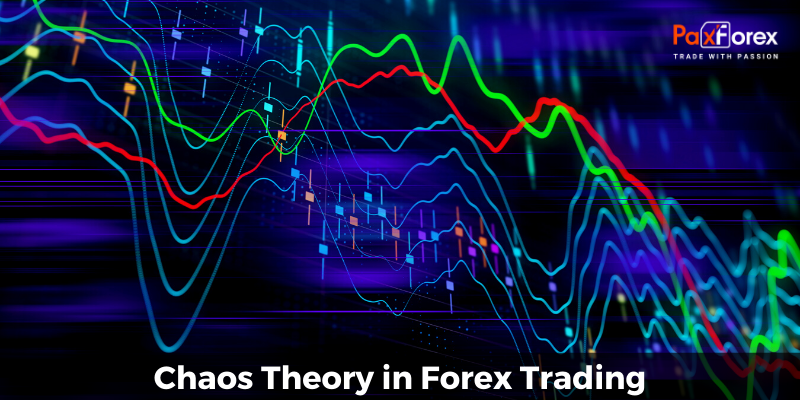
Due to having a good understanding in the psychology of market Bill Williams developed his own method of trading which is based on meanwhile using a rational approach to the analysis of the market and the irrational logic of chaos. Chaos Theory is mathematical concept that explains that it is possible to get random results from normal equations. The main precept behind this theory is the underlying notion of small occurrences significantly affecting the outcomes of seemingly unrelated events.
Is the market random or predictable? This question has haunted traders for the past few decades and a myriad of contenders have gathered on both sides of the battle. In one side there are those who say that the market is inherently random because all information currently available to market participants is already priced in so no information gathered from a technical perspective can warrant anyone a long term statistical edge (the market is efficient) while the other side argues that the market is not random but follows crowd behavior which makes it inherently predictable (inefficient).
The idea in Chaos Theory is that when a problem is determined by a set of simple equations that are self-feeding very small differences in the set of initial equations can cause extremely different outcomes in the future. What happens is that you cannot determine the initial values for the first equations with enough precision to know the final outcomes and very small differences in the initial values can cause terribly different results. This conclusion was later popularized as the “butterfly effect” as weather determining equations follow this principle.
The two main components of chaos theory are the ideas that systems, no matter how complex they may be, rely upon an underlying order, and that very simple or small systems and events can cause very complex behaviors or events. This latter idea is known as sensitive dependence on initial conditions, a circumstance discovered by Edward Lorenz (who is generally credited as the first experimenter in the area of chaos) in the early 1960s. Although chaos is often thought to refer to randomness and lack of order, it is more accurate to think of it as an apparent randomness that results from complex systems and interactions among systems.
According to respected authorities, the markets are non-linear, dynamic systems. Chaos Theory is the mathematics of analyzing such non-linear, dynamic systems. Chaos analysis has determined that market prices are highly random with a trend component. The amount of the trend component varies from market to market and from time frame to time frame. A concept involved in chaotic systems is fractals. Fractals are objects which are "self-similar" in the sense that the individual parts are related to the whole. A popular example is a tree. While the branches get smaller and smaller, each is similar in structure to the larger branches and the tree as a whole. Similarly, in market price action as you look at monthly, weekly, daily and intraday bar charts, the structure has a similar appearance.







